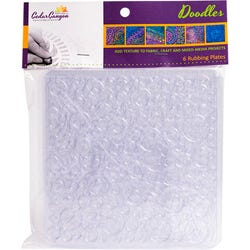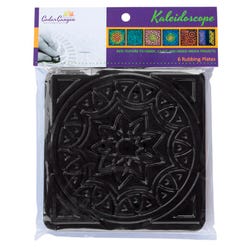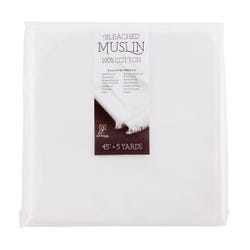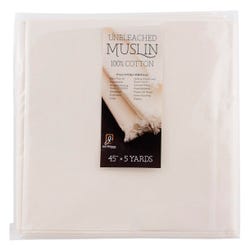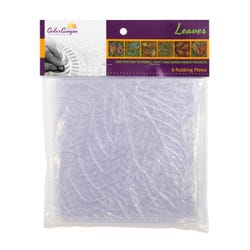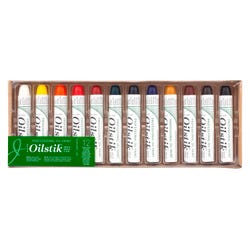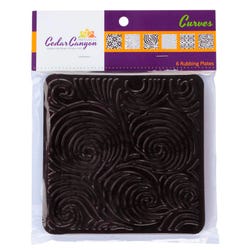Texture Design

Description
Lesson Plan and Artwork by Joe Culotta
In this lesson students will learn how to use textured Jack Richeson Rubbing Plates and Shiva Oilstiks to create an all over design on fabric. The implied “texture” created is part of the elements and principles of design. Students will have the opportunity to research the use of texture as an art form. They will research the work of Max Ernst who used this extensively in creating art.
Objectives
- Use rubbing plates to create a design on fabric.
- Explore the use of rubbing plates and Shiva Oilstik on textiles.
- Learn the term frottage the French word “to rub”.
- Research the use of textile design in wearable art.
Supplies Needed
Shiva® Artist’s Paintstik® Oil Color Set, Assorted Iridescent Colors, Set of 12
Shiva® Artist’s Professional Grade Oil Color Paintstick® Set, Assorted Colors, Set of 12
Jack Richeson™ Curves Rubbing Plate Set, 7 x 7 Inches, Set of 6
Jack Richeson™ Leaves Rubbing Plate Set, 7 x 7 Inches, Set of 6
Jack Richeson™ Doodles Rubbing Plate Set, 7 x 7 Inches, Set of 6
Jack Richeson™ Kaleidoscope Rubbing Plate Set, 7 x 7 Inches, Set of 6
Jack Richeson™ Triangles Rubbing Plate, 7 x 7 Inches, Set of 6
Jack Richeson™ Op Art Rubbing Plate, 7 x 7 Inches, Set of 6
Jack Richeson™ Unbleached Muslin, 45 Inches x 5 Yards
Jack Richeson™ Bleached Muslin, 45 Inches x 5 Yards
Standards
Standard #2: Organize and develop artistic ideas and work.
Standard #3: Define and complete artistic work.
Standard #4: Analyze, interpret, and select artistic work for presentation.
Standard #11: Relate artistic ideas and works with societal, cultural and historical context to deepen understanding.
Instructions
1
Select a piece of cotton muslin to create your textile design on. Wash to remove sizing. Use fabric dyes to enhance the fabric chosen. Allow it to dry.
2
Practice the use of rubbing plates on paper with crayons, learning how to manipulate and use various pressures on a surface to create a design. This practice will help determine the design you want to create on your fabric.
3
Select the desired rubbing plates and colors of oil sticks to be used in the design.
4
With a design that has been pre-determined, apply the same rubbing technique to fabric as practiced on paper.
5
The Shiva Oilstik can be used just like a crayon. The cardboard wrapping can be removed and the side of the oilstik can be used. This will be determined by the size of the area being rubbed.
6
The rubbing plate can be taped to a flat surface allowing the student to move the fabric piece across the plate as they rub.
7
Rub hard enough to pick up the plate’s texture on the fabric. Always, use caution and rub only where the plate is with the oilstik. Shiva Oilstiks are permanent and can be cleaned up with baby wipes or studio soap.
8
Interesting patterns can be created using more than one color Shiva Oilstik and different patterned rubbing plates.
9
Allow the Shiva Oilstik to dry on the fabric. Then heat set per manufacturer’s directions.
10
Finished muslin pieces may be cut and sewn into scarfs of various sizes and shapes.



